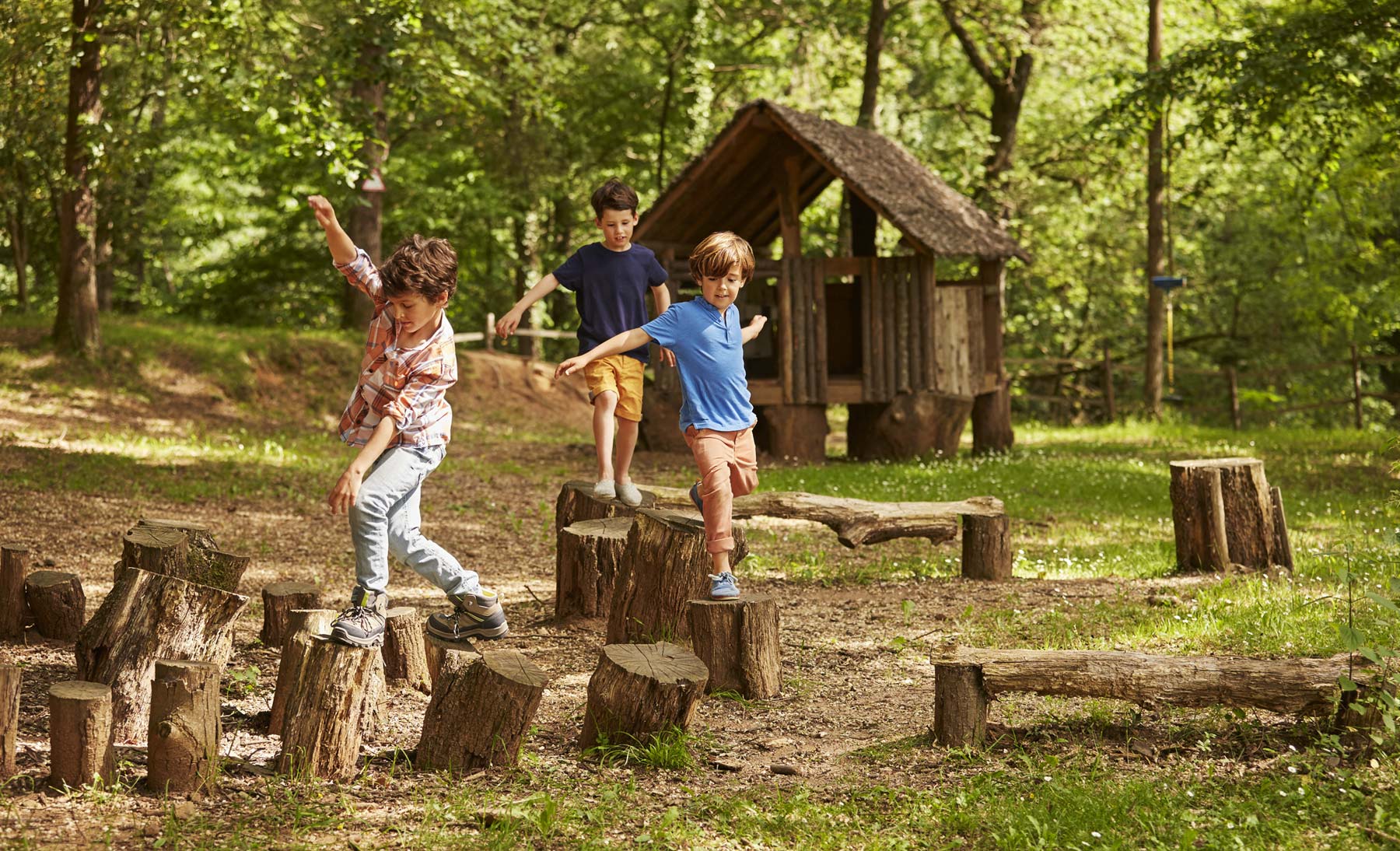The brain and body work together as a machine. This machine is designed to move through space efficiently. Vision is involved with walking and maintaining balance. Additionally, arms and legs swing, counterbalancing each other. The hips and buttocks stabilize the body. A person with good vision can see and read a sign that is 20 feet away while walking. The eye needs to be very stable in space. Together, the neck and vestibular system stabilize and refine the head and vision system.
The brain-body connection and the vestibular system are central to learning and processing information. The vestibular system is the sensory system that is the lead contributor to your sense of balance and spatial orientation. This system sends signals to the neural structures that control eye movement. The vestibular system helps us to focus our perception of objects and words. This is the system that helps us interact with the environment.
New neural connections are created whenever we throw or catch a ball, ride a bike, or even learn to read. When you input new information through your senses, your brain interprets this information and forms new connections. This is the work of the higher brain, the part of the brain that allows us to sense and understand the world around us.
During the process of walking, the vestibular system is activated. Your ability to control your body’s movement happens with your nervous system, spinal cord, brain stem, cortex, reticular system, and the limbic system working together. Information is passed up and down the body through the spinal cord. When the specific actions are executed, the tactile, auditory, motor, and visual systems sense the actions. Once the actions are completed, the cortex processes the information and performs higher-order thinking from the information generated during the activity. The cortex provides feedback as well as updates the memory banks.
This is why the vestibular system is considered the entryway to the brain and is said to have the most important influence on everyday functioning. The vestibular system is “the unifying system that directly or indirectly influences nearly everything we do,” (Hannaford, 1995, p. 38).
How Are Reading Activities Impacted by the Brain-Body Connection?
So, the vestibular system is important to higher-order thinking, receiving and interpreting data. Think about this for a minute. We receive information from taste, smell, seeing, hearing, and doing (tactile/kinesthetic). Once we receive the information, the brain needs to interpret the data. So, when we receive input in terms of words, shapes, sizes, directions, and space, the vestibular system sifts through the information and helps to interpret it, sending it to specific areas of the brain to gain meaning.
Simply stated, the vestibular system and the brain-body connection directly impact your ability to receive and interpret information: words, sentences, paragraphs, stories. It allows us to see the shapes, sizes, and positions of letters in space. Additionally, this system helps you to visually scan words across a page to read fluently and accurately. Without the ability to scan words across a page quickly and accurately, reading is stilted and comprehension is lost. So, as we improve the vestibular system, the system of brain balance, reading improves.
Brain-Body Activities
Brain-body activities are typically movement activities that are fun for kids of all ages and are done in just a few minutes. Activities can be as simple as balancing on an exercise ball, doing a tree pose, or tossing bean bags. The sensory systems in our brain are all interconnected and when we develop them in different ways, it also helps improve our academic skills. Even NASA has done extensive research on how brain-body activities can impact our ability to learn. Our Summer Reading Program includes numerous brain balance activities to improve reading skills.
Who is Bonnie Terry?
Bonnie Terry is a Board Certified Educational Therapist and internationally recognized as America’s Leading Learning Specialist and the founder of BonnieTerryLearning.com. Terry is an expert in developing learning programs that target how people learn through the visual, auditory, and tactile/kinesthetic processing systems. Terry coaches teachers and parents so they can give their child a 2 to 4-year learning advantage in just 45-60 minutes a day. She is a frequent media guest and speaker.
Learn more about the Summer Reading Program
